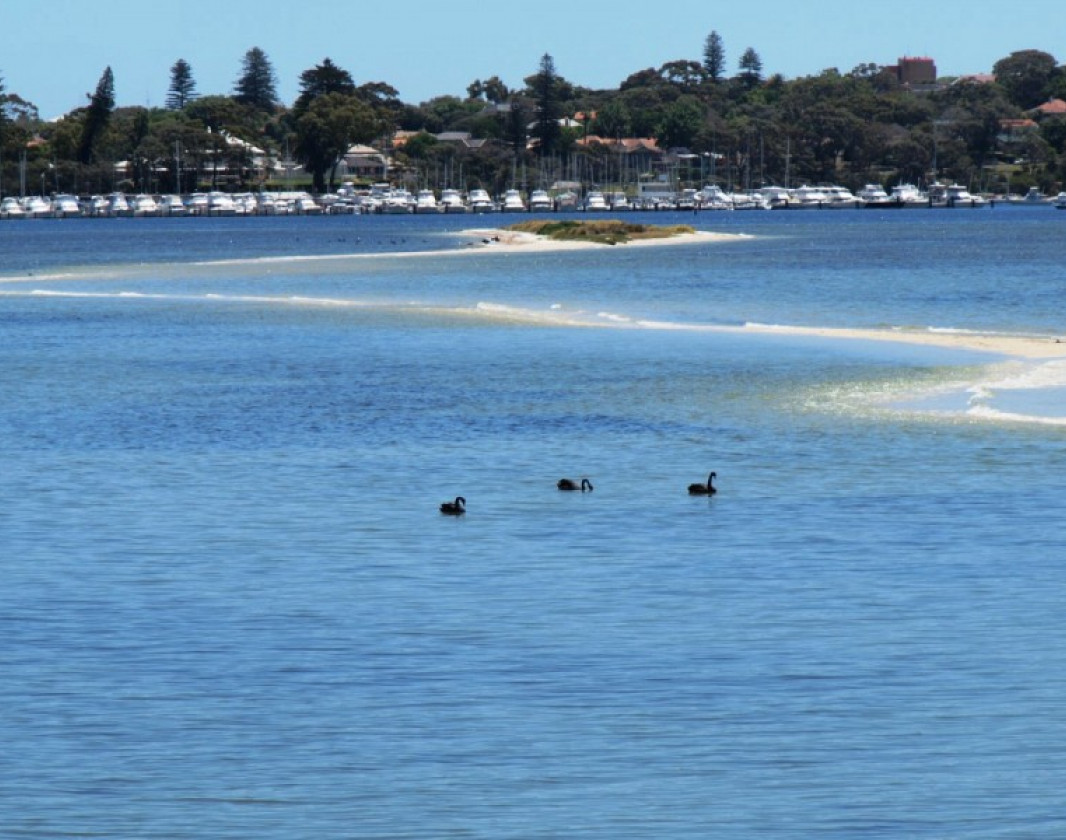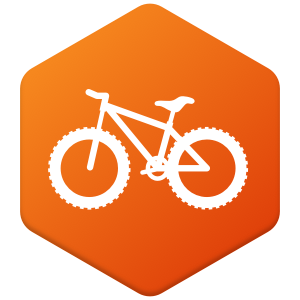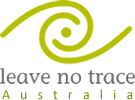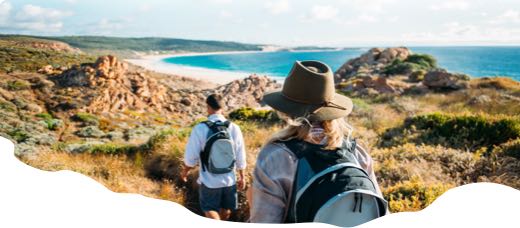Melville Water Riverpark Trail Melville Water Riverpark Trail





Trails WA supports the seven principles recommended by Leave No Trace Australia for minimising your impacts when using the trails.
Learn moreAbout Melville Water Riverpark Trail
Melville Water Riverpark Trail aims to take you on a journey from Fremantle Traffic Bridge to Canning Bridge, showcasing the many different perspectives that exist in the Riverpark. These perspectives aim to enrich our knowledge and understanding of the natural and cultural values of the Riverpark.
This sixteen kilometre trail stretches along some of Perth's most precious foreshore, boasting impressive views of Perth's city skyline. The trail is both walker and cycle friendly, and can be enjoyed anytime of the year.
While the trail is not marked by directional signage, the trail does have a number of points of interest, which can be accessed on your mobile smart phone. Also, look out for the wooden interpretation facilities at Bicton Baths, Point Walter and Heathcote. These interpretation facilities serve as an information portal, which provides invaluable information about the Riverpark's ecological, historical, and Noongar cultural & heritage values.
Other Links
-
Destination Perth
Comprehensive information on the Perth region including destinations, things to see and do, accommodation and tours.
Be trail ready for Melville Water Riverpark Trail
Here is everything you need to know before visiting this trail.
Time / Duration
Time depends on mode of transport
Length
32km return
What To Pack
Group A - Urban Trails (Urban trails or short trails near facilities) required.
What To Pack
Group A - Urban Trails (Urban trails or short trails near facilities)
- Full large water bottle per person
- Sun protection: hat, sunglasses, and sunscreen (SPF 30+)
- Bike helmet (compulsory in WA)
- Clothing to suit the activity, environment, and weather conditions.
- Binoculars and camera (optional)
- Daypack with comfortable shoulder straps
Facilities
In most reserves surrounding the Swan Canning Riverpark, dogs are permitted but must be on a leash. However there are a number of locations where dogs are not allowed. Please note, dog exercise guidelines are administered by each local council and can vary, so please ensure you check each local council’s guidelines before bringing your dog. For a general guide, online lists of dog friendly parks in the Perth metropolitan area, please click here: http://www.vetwest.com.au/pet-library/dog-friendly-parks-and-beaches-in-the-perth-metropolitan-area- BBQ Facilities
- Bicycle Locker
- Cafe
- Car Park
- Child Activities
- Coach Parking
- Kiosk
- Lookouts
- Picnic Area
- Public Toilet
- Shaded Area
- Sheltered Area
- All accessible toilet facilities
- View Platform
- Water Access Points
Best time of year
All year round
Trail Access
Walk, cycle, or catch public transport from either Fremantle or Canning Bridge


Complete Melville Water Riverpark Trail to earn badges and points!
Earn points and badges and become a "TrailsWA Expert" by completing trails and leaving reviews.

Earn 1 point towards
your TrailsWA level


Earn the Mountain Biker badge when you complete this trail.
This trail is part of the Aboriginal Culture badge.




2 trail goers have rated Melville Water Riverpark Trail as 5 out of 5!
We love to hear from people who've been on our Western Australian trails, so it would be most appreciated it if you wanted to leave a review.
Add your review of Melville Water Riverpark Trail
Like this trail? Explore others nearby
More around Perth & SurroundsSupported by great organisations
Trails are free and bring so many benefits to our community by providing opportunities to have fun, get fit, socialise, explore and challenge yourself. But they also have to be managed and maintained which only is made possible through terrific sponsors, donations and/or volunteering.
-(1680-×-200-px).jpeg)

View 1 Photos of Melville Water Riverpark Trail
Upload your photo of Melville Water Riverpark Trail
Report a Problem
You are reporting a problem for Melville Water Riverpark Trail. Please be as detailed as possible to help us appropriately identify and address the issue.









